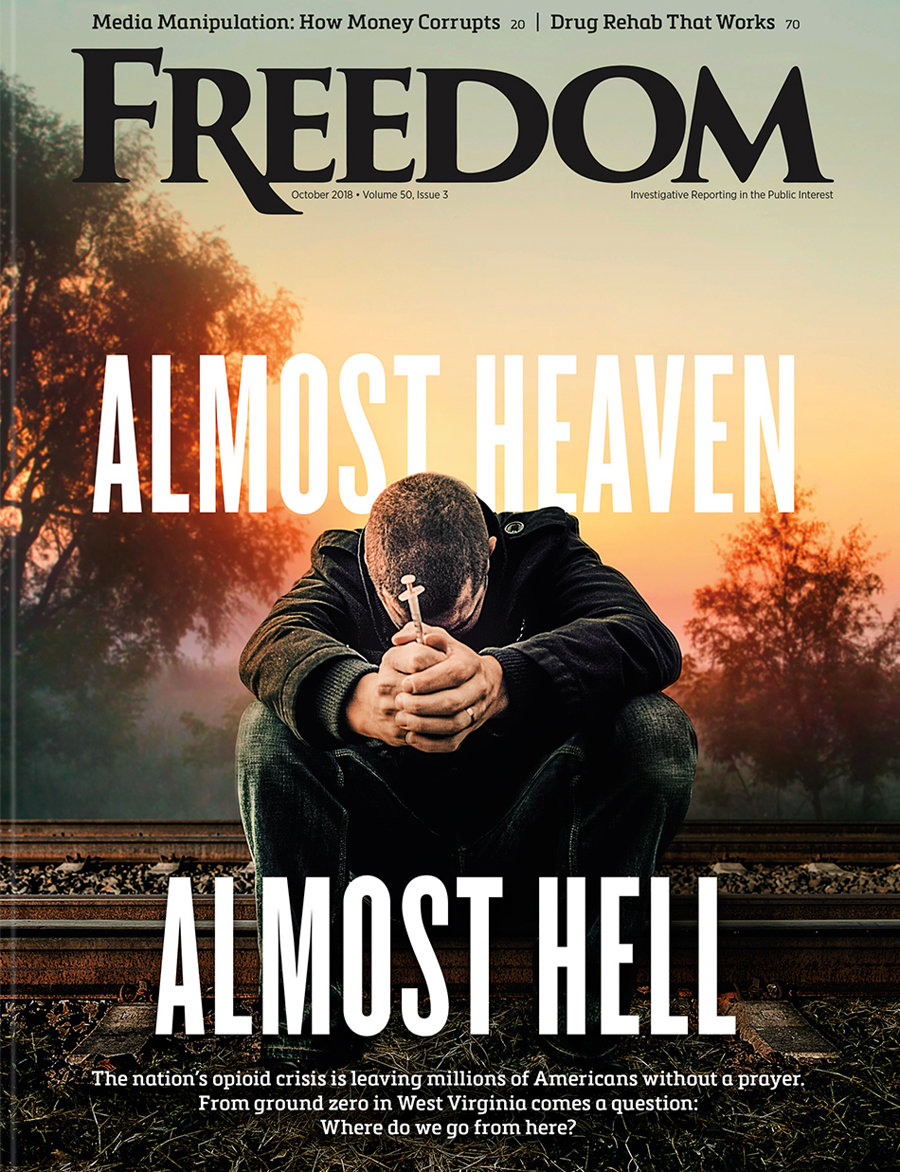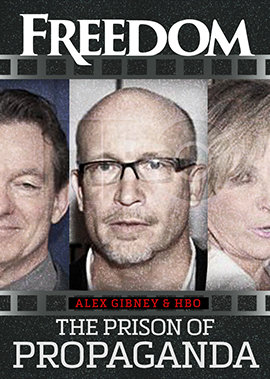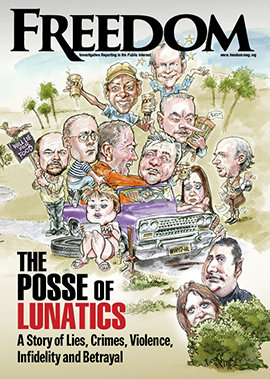Supported by the Citizens Commission on Human Rights International (CCHR), the Death Data Collection and Toxicology Transparency Act would have required coroners to test for prescription psychiatric drugs—ranging from antidepressants and antipsychotics to stimulants and mood stabilizers—in all violent deaths, including suicides and homicides.
“Evidence-based transparency is essential to protect families and save lives.”
Advocates argue the measure, modeled partly on Tennessee’s 2025 transparency law, could help lawmakers understand the role that psychiatric drugs play in violent deaths or suicides—data that could guide future public safety and prevention policy.
The bill’s significance extends far beyond Wyoming: Psychiatric drugs are among the most common prescriptions in the US—more than one in eight adults take antidepressants—yet most state death investigations do not routinely screen for them post-mortem.
CCHR and other supporters of the measure say it balances civic transparency with privacy, noting that no names or medical records would ever be disclosed. “Evidence-based transparency is essential to protect families and save lives,” CCHR International President Jan Eastgate wrote in a statement.
Despite its narrow scope—strictly anonymous data collection—the committee declined to sponsor the measure as a full-committee bill, leaving individual legislators to reintroduce it next session.

The controversy came to a head during the committee’s autumn hearing, where a coroner, a psychiatrist and a watchdog group squared off over the bill’s intent and implications.
There, on October 17, 2025, the committee heard testimony from multiple stakeholders. Opposition came primarily from Laramie County Coroner Rebecca Reid, who argued that psychiatric drugs are so widely prescribed that their detection would not prove causation and that mandated reporting could stigmatize “treatment” or delay investigations.
CCHR argues that these claims misled lawmakers and diverted attention from empirical data. The watchdog cites studies from Britain and the US, which have found that the use of antidepressants increases the risk of suicide, violence and homicide—with the FDA requiring black box warnings on all antidepressants for increased suicide risk. International experts, CCHR points out, have documented cases in which selective serotonin reuptake inhibitors (SSRIs) provoked suicidal or aggressive behavior even among healthy volunteers.
Since 2015, Wyoming has ranked among America’s top three states for self-inflicted deaths—30.4 per 100,000 residents in 2021–2022. From 2018 through 2021, the Equality State—so nicknamed for granting women the right to vote in 1869—led the nation outright. Within that grim tally were six child suicides aged 10 to 14 and 13 homicides under age 29.
“It is unacceptable that unsupported and speculative claims were presented as ‘fact’ in a policy hearing.”
Yet coroners are not required to determine whether the deceased were taking psychiatric drugs. Supporters say that void perpetuates a cycle of speculation—attributing tragedies to “mental illness” while ignoring the possibility that, in fact, the mental health “treatment”—dangerous psychotropics—may be responsible.
Recent Wyoming cases illustrate what transparency might uncover. In February 2025, Tranyelle Harshman, a 32-year-old mother from Byron, shot her four daughters and herself after being prescribed the dissociative anesthetic ketamine and the sedative clonazepam. Toxicology reports later confirmed both drugs in her system.
Harshman’s mother has since filed a wrongful death lawsuit alleging negligent prescribing and unsupervised at-home ketamine use. The complaint states that ketamine can cause dissociation, psychosis and detachment from reality—effects that can distort perception and judgment.
CCHR cites similar tragedies worldwide linking psychiatric drugs to suicide or homicide: the 2001 Donald Schell family murders in Cheyenne, where a jury found that Paxil was 80 percent responsible; Kentucky’s Joseph Wesbecker mass shooting under Prozac; and Australia’s David Hawkins case, in which a judge concluded Zoloft precipitated multiple killings.
During the hearing before the committee, however, lawmakers heard a string of scientifically unsupported claims—that antidepressants “make new DNA … RNA,” that patients who take their drugs “ten to one” will not die by suicide, and that requiring toxicology tests would stigmatize “treatment.” CCHR says such assertions misrepresented the evidence and deflected attention from the bill’s narrow goal of anonymous, population-level data collection.
“It is unacceptable that unsupported and speculative claims were presented as ‘fact’ in a policy hearing,” Eastgate said. “Legislators must be equipped with verified evidence—not professional opinion misrepresented as science.”
Public health researchers have long acknowledged that tracking psychoactive substances in violent deaths can inform prevention without violating privacy laws. The Centers for Disease Control and Prevention’s National Violent Death Reporting System, for example, already collects alcohol and illicit drug use information on violent deaths, although in 2021 only about one in four suicide decedents were tested for antidepressants. Expanding those metrics, experts say, would provide greater clarity about a potential driver of risk.
Opponents cite costs and capacity—small counties often have part-time coroners and limited funds for comprehensive toxicology—but supporters counter that the same samples already collected for narcotics screening could be used to test for antidepressants. “Blood is routinely taken … for illegal drugs,” AbleChild observed. “How much of a burden could it be to use that same blood to test for legal prescription psychiatric drugs?”
Although the committee shelved the measure, it remains alive through individual sponsorship. AbleChild has issued a call urging Wyoming residents to contact their legislators.
Whether Wyoming reconsiders the bill may depend on breaking the spell of pharmaceutical propaganda—and replacing marketing with proof.
Doing so would not only honor transparency but reclaim from the drug industry what was never theirs to cover up: the truth.






















